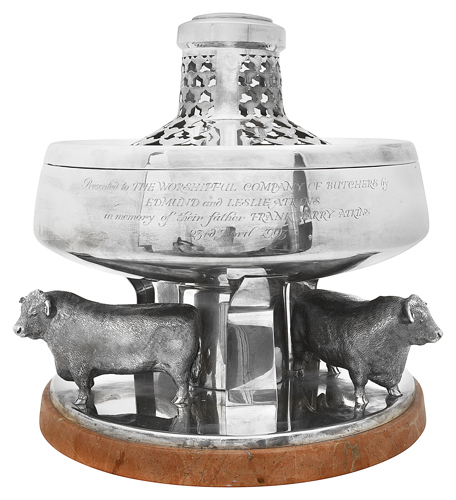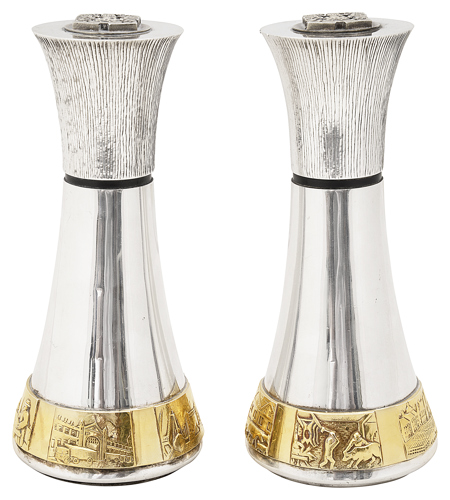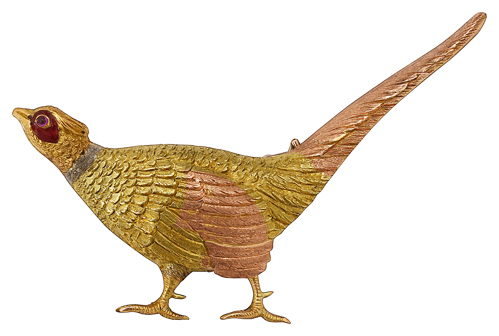Menagerie: An Auction of Animal Antiques & Natural History
No Content Set
Exception:
Website.Models.ViewModels.Blocks.PageBlocks.BillboardBlocks.InlineBillboardBlockVm
3rd June 2024
Menageries: An Auction of Animal Antiques and Natural History
This will be our first auction wholly dedicated to an animal theme, and it is one that we are extremely excited about.
Why Animals?
The intertwining of animals with art, jewellery, and antiques traces back to the earliest civilizations, where animals held significant cultural, symbolic, and spiritual importance. From ancient Egypt to Mesopotamia, animals were revered as symbols of power, wisdom, and divine connections, often depicted in art and jewellery to convey status and beliefs.
In ancient Egypt, for instance, animal motifs adorned everything from temple walls to royal tombs, reflecting the Egyptians' deep reverence for animals like cats, falcons, and ibises. These depictions not only showcased the beauty of the natural world but also served as conduits for religious rituals and beliefs in the afterlife.

Moving forward through history, the Middle Ages witnessed a flourishing of animal imagery in European art and jewellery, often inspired by bestiaries—illustrated manuscripts depicting real and mythical animals. These intricate depictions adorned manuscripts, tapestries, and ornate jewellery, symbolising virtues, vices, and the eternal struggle between good and evil.
During the Renaissance, artists like Leonardo da Vinci and Albrecht Dürer explored the natural world through scientific observation and artistic expression, leading to a resurgence of interest in animals as subjects of study and admiration. This era also saw the rise of animal-inspired jewellery, with intricate designs featuring creatures like dragons, serpents, and mythical beasts.

The Victorian era brought about a fascination with the exotic, leading to a proliferation of animal-themed art, jewellery, and antiques inspired by nature's diversity. With advances in technology and exploration, artisans had access to a wealth of inspiration from around the globe, resulting in elaborate designs featuring wildlife from every corner of the earth.
During the Victorian era, spanning the 19th century, serpents held a captivating allure in art and jewellery. Inspired by ancient myths, serpents symbolized eternity and wisdom, becoming popular motifs in Victorian jewellery.

Queen Victoria's love for serpent jewellery influenced fashion, with pieces often featuring coiling bodies adorned with gemstones, symbolizing eternal love and protection. Serpents also appeared in paintings and decorative objects, reflecting broader interests in mysticism and the natural world. In essence, serpents became potent symbols of love, eternity, and primal instincts during this era of fascination with the exotic and mysterious.
From stunning wildlife paintings to intricate animal-inspired jewellery, these creations serve as timeless reminders of humanity's enduring fascination with the creatures that share our planet.

We are now open for consignments for this upcoming auction that will take place in September. If you have any items with an animal theme that you are interested in having valued and sold at auction, then please get in contact with us.
General Enquiries: info@catherinesouthon.co.uk
Antique Valuations: valuations@catherinesouthon.co.uk
Call us: +44 (0)20 8468 1010
Sign up for Catalogue Alerts
Be the first to know about when our auction catalogues, upcoming valuation days and latest auction insights